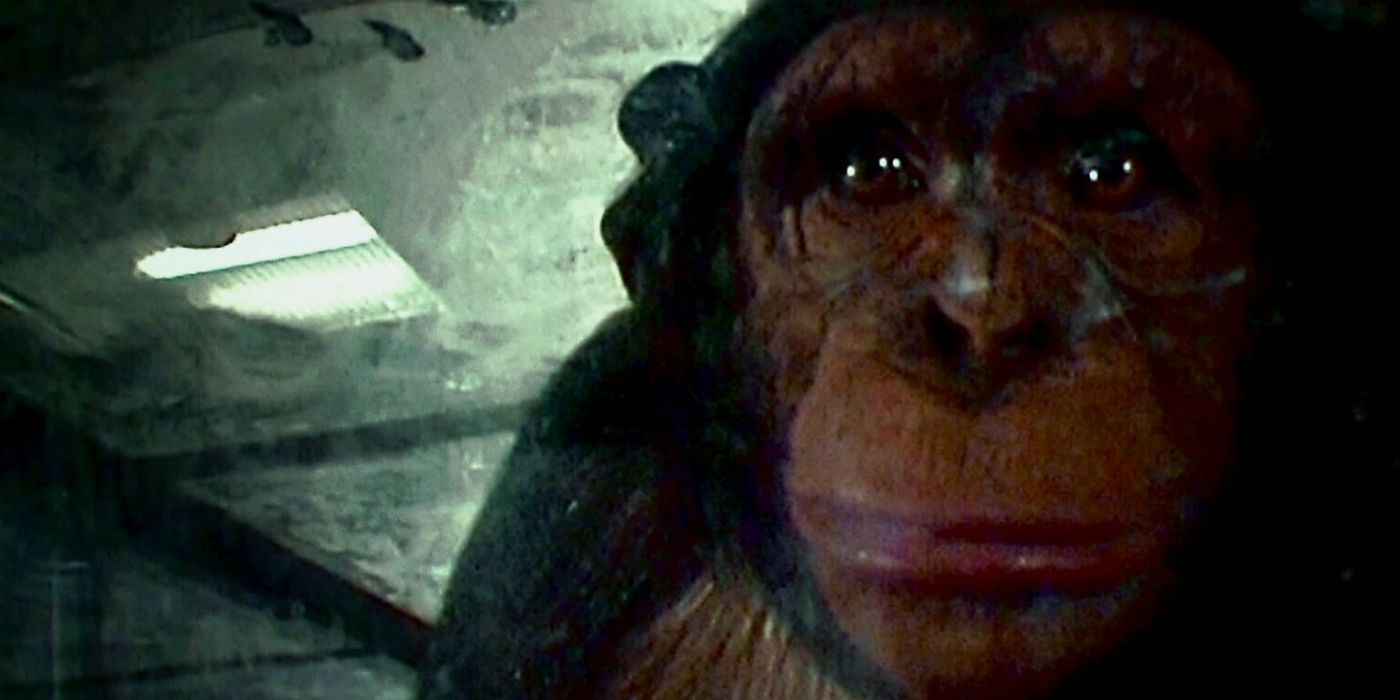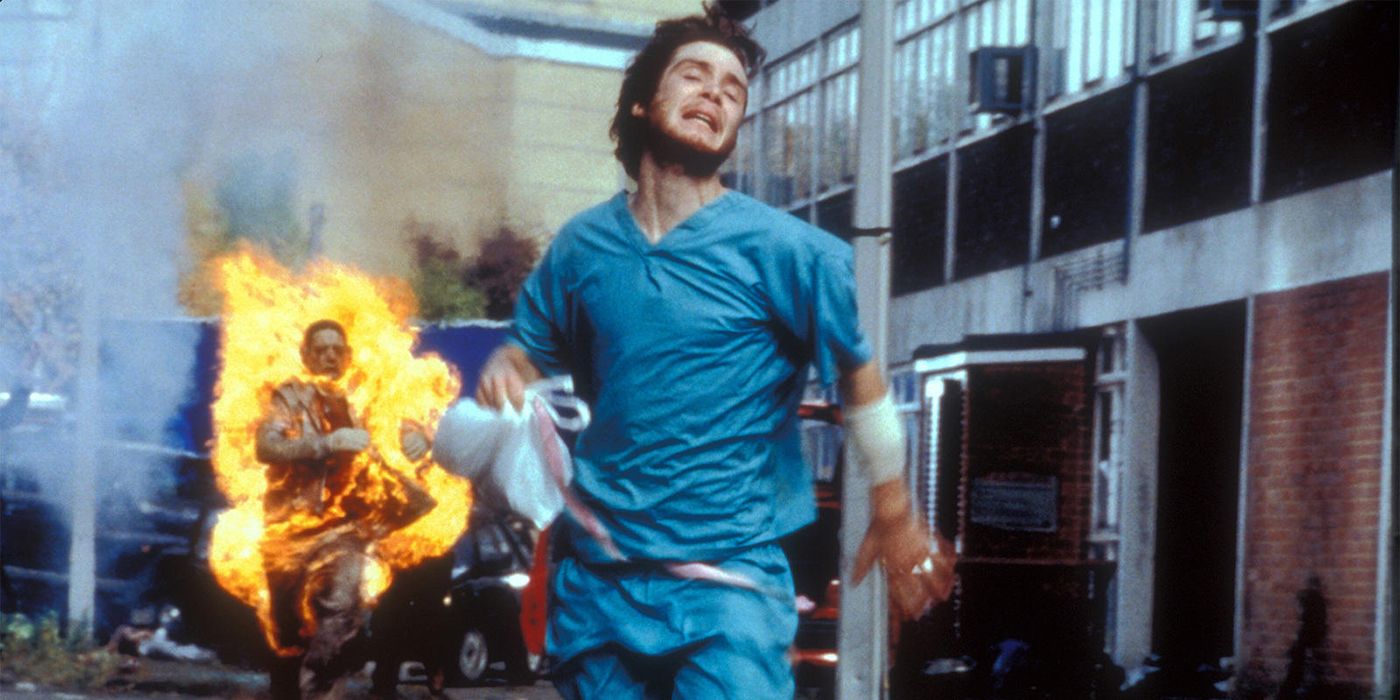28 Days Later introduced horror fans to the terrifying Rage Virus, and here are the frightening real world medical conditions that inspired it. In 2003, director Danny Boyle's 28 Days Later came along to give horror a needed shot in the arm, and also revolutionize the zombie genre for a while, despite not technically being a zombie film. While they in some ways behave like zombies, 28 Days Later's antagonists are living people afflicted by a virus that removes all rational thought, and replaces it with the overwhelming urge to commit violence on those uninfected.
Ironically, 28 Days Later's Rage Virus was originally designed as a way to inhibit violent urges, but an unexpected mutation led to the opposite effect occurring. As fans will recall, 28 Days Later's outbreak begins thanks to a group of animal rights activists that break into a lab and free the chimps being experimented on, who happen to be infected with rage. Their goal of helping unfortunate animals was certainly noble, but as the old saying goes, the road to hell is paved with good intentions.
While thankfully, a Rage Virus such as the one seen in 28 Days Later and its underrated sequel 28 Weeks Later doesn't actually exist (not yet anyway), the contagion was indeed inspired by real viruses. These viruses may not be apocalyptic, but if one gets them, their life is about to get really bad, really fast.
28 Days Later Rage Virus Inspiration Explained
The main inspiration for 28 Days Later's Rage Virus is the Ebola Virus, a fairly rare condition, but that's somewhat infamous due to its horrifying side effects. Once contracted, Ebola hits the sufferer with fever, pain, diarrhea, and eventually uncontrollable levels of bleeding both internally and externally. It can cause one's organs to shut down as well, leading, obviously, to a very uncomfortable demise. Like the Rage Virus, Ebola is passed through contact with infected blood, and can be passed among all primates, such as between chimps and people.
Part of the reason director Danny Boyle and screenwriter Alex Garland chose to go with infected people instead of traditional zombies was the idea that one of mankind's greatest fears in the current age is getting a deadly disease or contracting some kind of plague. In addition to Ebola, the Marburg virus helped inspire Rage, which was actually used as an apocalyptic plague on the Chris Carter TV series Millennium. Boyle and Garland were also inspired by the rapid spread of conditions like Mad Cow Disease and Foot and Mouth Disease in their native UK. Humanity's fear of an apocalyptic outbreak is still clearly present today, nearly 20 years after 28 Days Later was written, as evidenced by the paranoia surrounding the spread of the Corona Virus in China.


